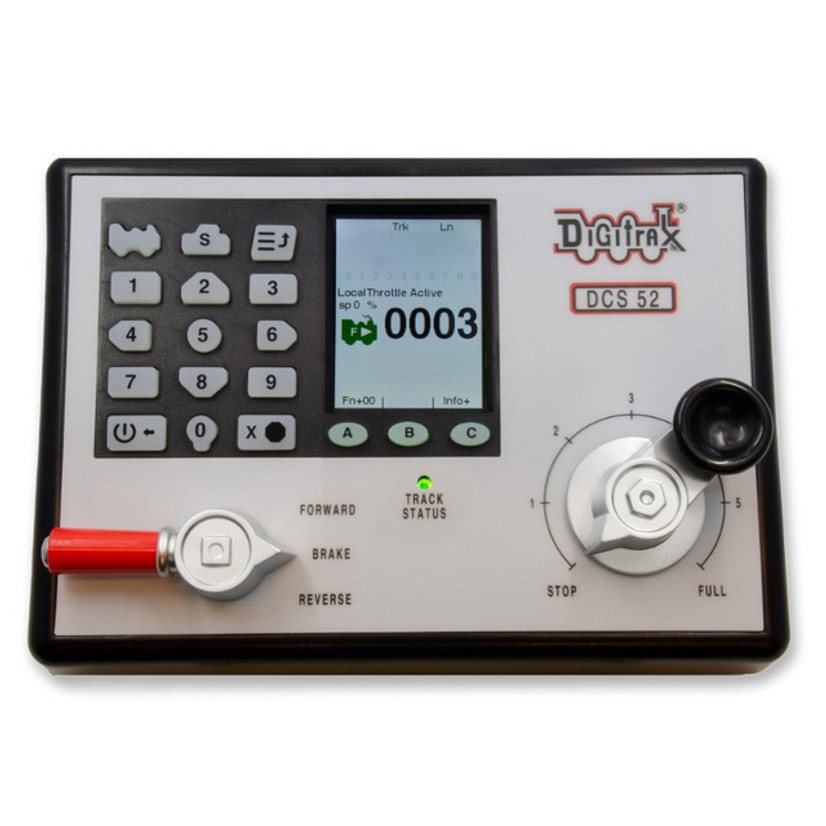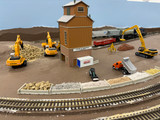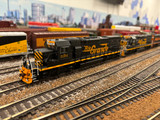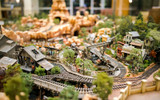Part 2: Preparing for the Conversion
Model railroading enthusiasts often find themselves at a crossroads when they consider transitioning from traditional DC control to the more sophisticated Digital Command Control (DCC) system. This transformation promises a world of possibilities and enhanced realism in your model railroad layout. However, before you dive into the conversion process, it's crucial to prepare adequately. In this second installment of our informational series on converting DC to DCC for model railroads, we will explore the essential steps for preparation.
2.1 Evaluating Your Current DC Setup
Before you embark on the journey of converting to DCC, you must take stock of your current DC setup. This evaluation will help you make informed decisions about what needs to be changed or upgraded during the conversion process.
- Assess Your Track Layout: Begin by examining the layout of your tracks. Take note of the type of track, its condition, and any modifications you've made. This assessment will help you determine if you need to replace any sections of track to ensure compatibility with DCC.
- Examine the Power Supply: Inspect your existing power supply and controllers. Check if they can be repurposed for DCC, or if you need to invest in a new DCC-compatible power source. DCC systems require a different type of power distribution compared to traditional DC setups.
- Locomotive Compatibility: Consider the locomotives in your collection. Some may already be DCC-ready, while others might need conversion. Identifying which locomotives are suitable for DCC will help you plan your conversion process more efficiently.
2.2 Selecting the Right DCC System for Your Needs
Choosing the appropriate DCC system is a critical step in your conversion journey. DCC systems come in various sizes and capabilities, so it's essential to select one that aligns with your layout's complexity and your budget.
- Evaluate Layout Size: Determine the size of your model railroad layout. Smaller layouts may require simpler and more cost-effective DCC systems, while larger, more intricate setups will benefit from more advanced systems with additional features.
- Consider Future Expansion: Think about whether you plan to expand your layout in the future. Select a DCC system that can accommodate potential growth and additional locomotives and accessories.
- Research DCC Brands and Models: Research different DCC brands and models to find one that suits your needs. Read reviews, seek recommendations from fellow model railroaders, and consider factors like ease of use, reliability, and available accessories.
2.3 Gathering Essential Tools and Components
Converting to DCC requires specific tools and components to ensure a successful transition. Gathering these items in advance will streamline the conversion process and reduce potential delays.
- DCC Starter Kit: Purchase a DCC starter kit that includes a command station, a throttle, and decoders. These kits often come with detailed instructions and are an excellent starting point for beginners.
- Track Components: Acquire any DCC-compatible track components, such as rail joiners, feeders, and bus wires, to ensure seamless power distribution.
- Tools: Invest in tools like wire strippers, soldering equipment, and crimping tools, which will be essential for rewiring your layout and converting locomotives.
- Documentation: Collect manuals and documentation for your DCC system and locomotives. Having these on hand will be invaluable as you navigate the conversion process.
By thoroughly evaluating your current setup, selecting the right DCC system, and gathering the necessary tools and components, you'll be well-prepared to embark on the exciting journey of converting your model railroad from DC to DCC. In the next part of our series, we will delve into the specifics of converting your track and wiring to accommodate the DCC system.
Recent Posts
-
All Aboard the Wisdom Express: Life Lessons from Model Railroading
Embarking on the journey of model railroading opens the door to a world where imagination meets prec
-
Capturing History in Miniature: The Art of Prototype Modeling in the Model Railroad World
Prototype modeling in the model railroad world involves creating miniature replicas of real-life tra
-
Unveiling the Imaginative World of Fictional Railroads: Where Creativity Meets the Rails
Model railroading has long been a hobby rooted in historical accuracy and meticulous attention to de




